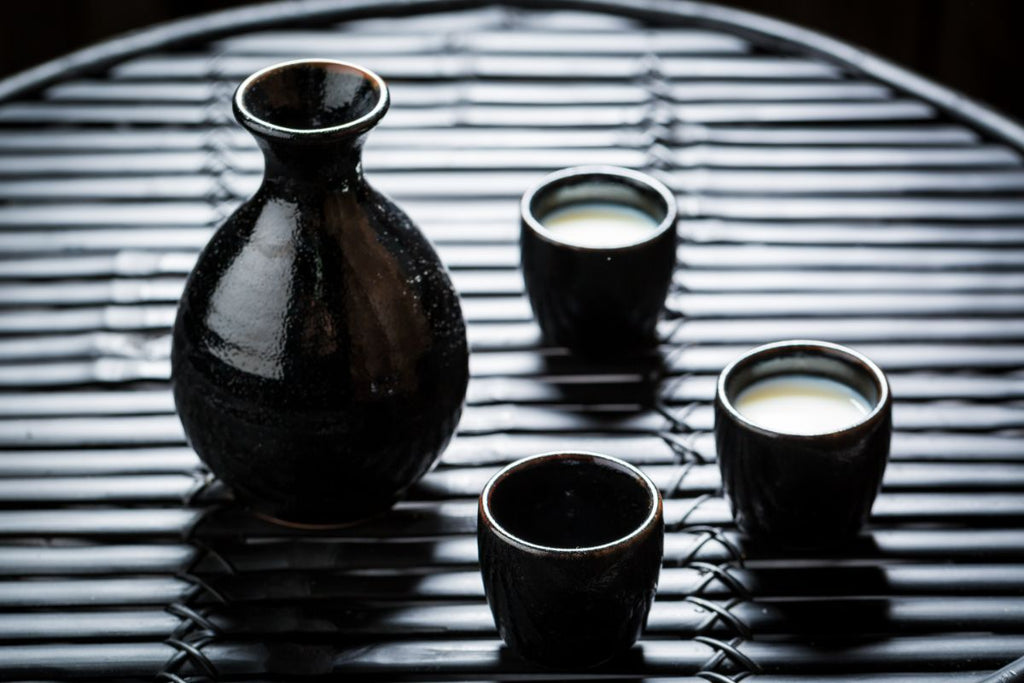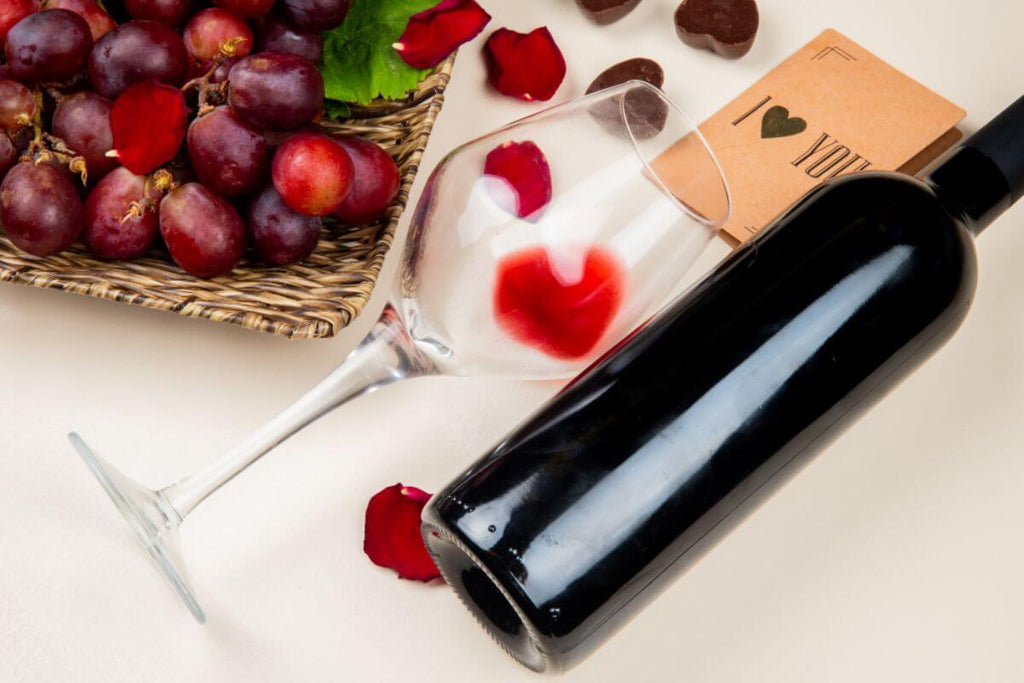Different Types of Sake
September 20, 2024 | Flasked PH

What are the different types of sake?
- Junmai-Shu
- Honjozo-Shu
- Ginjo-Shu
- Daiginjo-Shu
- Junmai Daiginjo-Shu
Overview
- This article introduces sake as a beverage worth exploring beyond the familiar choices of wine, whisky, and tequila. It explains the basics of sake production and the different types available.
- Each sake type is described, from Junmai-Shu, known for its genuine sake experience, to Ginjo-Shu with its delicate flavors, to Daiginjo-Shu, prized for its refined taste. Honjozo-Shu is highlighted for its balance of quality and affordability, making it accessible to beginners.
There are more spirits to explore when we venture out of the usual wine, whisky, and tequila. Sake is one of them.
Sake (pronounced sah-keh or SAH-kay) is a Japanese alcoholic beverage brewed from rice. It undergoes a fermentation process similar to beer, but instead of barley, it utilizes polished rice, water, koji (a special mold), and yeast. Just like different drinks, there are different types of sake to explore.
In this article, we explore the characteristics of each type to better identify and appreciate the subtle nuances of flavor and aroma in each sip.
Junmai-Shu

This sake gives you a true and genuine sake experience, showcasing the natural tastes and traits of top-notch rice and expert brewing methods.
Junmai-Shu is crafted solely from Japanese rice, water, and koji, making it a "pure rice sake." It's famous for its lighter and gentler flavor compared to other sake types. Depending on its polishing level, which can vary from 70% to 100%, you may notice richer or more delicate flavors.
If you want sake with fruity, tropical flavors, balanced sweetness, and acidity, try Gekkeikan The Shot Junmai Junmai-shu. It's versatile – you can enjoy it chilled, at room temperature, or warmed, depending on your taste and the type of sake.
Honjozo-Shu
Honjozo-Shu sake falls between Junmai-shu (pure rice sake) and pricier varieties, offering a balance of quality and affordability. Like Junmai-shu, it's made with rice, water, koji, and yeast, but up to 30% of brewer's alcohol can be added, making it more accessible and budget-friendly while retaining traditional brewing methods.
Looking for an easy-to-enjoy sake for beginners or everyday drinking? Try Gekkeikan The Shot Honjozo. It has a balanced taste that goes well with rich desserts and allows you to explore the world of sake without breaking the bank.
Ginjo-Shu

Ginjo-shu uses rice polished to 60% of its size, making it smoother and more delicate. It's brewed at low temperatures for longer, bringing out floral and fruity flavors like apple, melon, pear, and banana. This process gives it a delicate and complex aroma.
Start your Ginjo-shu exploration with some of our offerings here at Flasked. You may just find your new favorites among these:
Pro tip: Serve chilled (around 45°F to 50°F) to fully appreciate its delicate aromas and flavors. Remember, this type of sake is meant to be savored slowly and enjoyed for its nuanced taste and smooth texture.
Daiginjo-Shu
Daiginjo-shu has a delicate, smooth taste, even more refined than Ginjo-shu, thanks to its higher polishing ratio (50% vs. 60%). It pairs best with light dishes like sashimi, sushi, and delicate seafood, as well as light appetizers such as edamame and tofu.
The key is to choose dishes that won't overpower the delicate flavors of Daiginjo-shu. Let the complexity and refinement of this premium sake take center stage and enhance your culinary experience.
Junmai Daiginjo-Shu
This sake combines the purity of Junmai-Shu with the refinement of Daiginjo-Shu. Like Junmai-Shu, it uses only four ingredients, highlighting the natural rice flavors. With a high rice polishing ratio (at least 50%), it offers a smooth texture and delicate taste. It's known for subtle aromas and flavors like floral and fruity notes, with hints of citrus and minerals.
Flasked offers a range of Junmai Daiginjo-shu sakes, each showcasing the elegance and complexity of this premium category.
- Dassai 23 Junmai Daiginjo Japanese Sake 1800mL
- Dassai 45 Junmai Daiginjo Sparkling Sake 360mL
- Dassai 45 Junmai Daiginjo Japanese Sake Rice Wine 1800mL
- Dassai 45 Junmai Daiginjo Japanese Sake Rice Wine 300ml
Key Takeaway
Understanding the main differences among the different types of sake such as rice polishing and added alcohol content, helps you explore the variety available and find one that suits your taste. For a lighter and more delicate flavor, consider Ginjo-shu or Junmai Ginjo. If you prefer a richer, fuller taste, Junmai-shu might be more to your liking.
Uncover a world of flavor with Flasked's diverse selection of sake! Whether you're a seasoned sake enthusiast or a curious newcomer, we offer a variety of options to tantalize your taste buds. Shop our collection today!
Sip, Celebrate, Explore.
Explore our captivating blogs, unraveling delightful stories in every sip.
View CollectionsRelated Blogs













